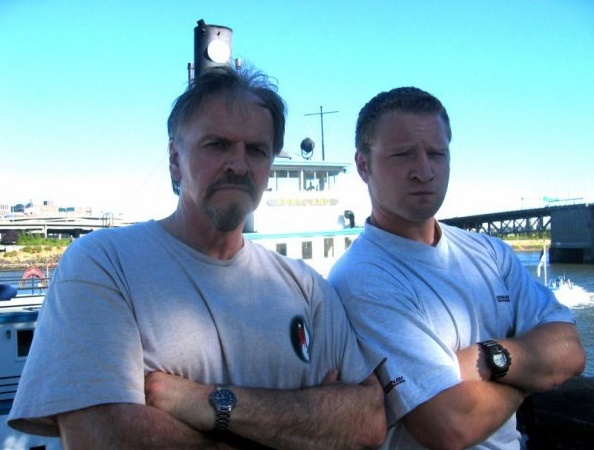If you haven’t read the other parts of this series, please do so first or it won’t make any sense:
Old Guys in the martial arts, Part One
Old Guys in the martial arts, Part Two
Old Guys in the martial arts, Part Three
All the previous was just to explain that it is indeed possible for older martial artists to beat up younger martial artists. Again, I’m not saying this is so by definition. There are no guarantees in a fight, period. But you’d be a fool to think old age makes all men less dangerous than when they were younger.
In this post, I’ll cover some of the ways these men train(ed) to keep their fighting skills to such a high degree even when they are in their 50’s and 60’s. There are probably more factors involved than I’ll list here, but I think I have the most important ones. Here goes:
Train hard
Invariably, all the men I listed in my previous posts have decades of hard, physical training. They didn’t just train their punches and kicks; they did tons of conditioning along with it. Loren and Bob have been training with weights forever and it shows: Loren’s built like a brick house and Bob is all lean, shredded muscle. If you still need proof that the old saw of “lifting weights makes you slow” is wrong, look no further. I believe this additional weight training is a key factor in their longevity in the arts and there’s plenty of science to back me up on it: pumping iron keeps your body strong and healthy.
But it isn’t necessary to lift weights to get to that stage. Jean-Louis didn’t lift weights but he did tons and tons of bodyweight exercises (before they came back into style, thank you very much). In class, we’d do hundreds of push-ups and crunches during the one-hour warm-up and he did them all right along with us. Actually, we never could keep up but that’s another story.
Dan is a similar example: To the best of my knowledge, he never focused on lifting weights but his conditioning regimen is well known. There’s the 24 nei kung exercises he uses every day (takes one hour to complete at the easiest level) but also a lot of other conditioning drills. I remember a seminar a few years ago where a student asked how long the sessions of punching the air with hand-weights should last. In his own typical style, Dan answered that one time, back in Hong Kong, they kept such a session going non-stop for three hours straight. He added that a little less would probably be fine too…
I believe conditioning is key to staying in fighting shape. As you can see in the previous examples, it doesn’t really matter what kind of conditioning you do: Western or Eastern, traditional or modern, weights/machines or bodyweight exercises. Like Nike says: Just do it!
In Chinese martial arts, they say it like this “Without “Kung” (conditioning) training, even until old age, is all in vain.” I’d like to offer the opposite for your consideration: “Kung training until old age is the only way to train.” My teachers have all done this and it shows in their skills.

Teach their art
Peyton Quinn gave his own reasons why certain traditional martial arts masters can make their style work in self-defense in his excellent book “Real Fighting.” One of these reasons is that they have been teaching their art for a long time. This means they get tons and tons more practice than the average student, which increases your skill levels in and of itself. But there’s more: as a teacher, they get to work with all sorts of students: tall and short, heavy and light, fast and slow, skilled and unskilled, experienced and beginners, etc. Multiply this by 20-30 years and you can see how they have tested their techniques in a wide variety of circumstances against a very large sample of the human population.
This is a far cry from training three times a week with the same partners. There’s nothing wrong with that but this lacks the training quantity and diversity of partners compared to teaching your art full-time.
An additional factor is that as a teacher, you have to know your art much better than your students. [Read more…]
